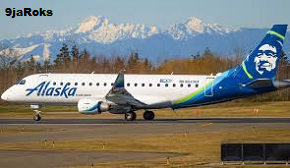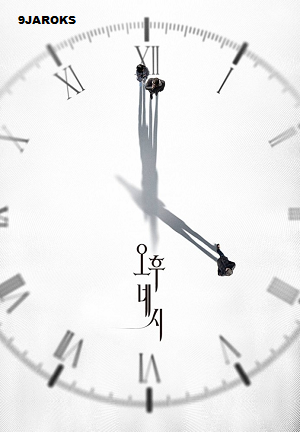Horizon Air: plane turns back alaska, after an eagle hit

The Air plane of an Horizon was required to turn back for an emergency landing at an Alaska airport on Christmas Eve after hitting an eagle. This took place only days after a catastrophic bird collision in South Korea, which caused one of the country's most deadly aviation tragedies, claiming the lives of 179 individuals.
Alaska Airlines, the parent company of Horizon Air, confirmed that Flight 2041 took off from Anchorage’s Ted Stevens International Airport at roughly noon on December 24, as detailed by Mail Online.
Michelle Tatela, a passenger, told KTUU about her experience, referring to the event as a classic "only in Alaska" scenario.
"After just a few minutes in the air, the captain informed us that we would be turning back as a safety precaution," she said.
After Arrival, passengers were informed that the plane had collided with an eagle, which was particularly ironic since it coincided with President Joe Biden signing legislation designating the bald eagle as the national bird.
Tatela observed that the eagle survived in the beginning and was sent to a sanctuary, but it was eventually euthanized due to a major wing injury, as noted by Laura Atwood, Executive Director of the Bird Treatment and Learning Center.
Tatela and her family reached Fairbanks about four hours later than scheduled, but they were grateful that the situation didn’t lead to a more severe outcome.
In stark contrast, the bird collision in South Korea earlier that week caused the devastating Jeju Air disaster. A Boeing 737-800 operated by Jeju Air struck a bird before skidding off the runway at Muan Airport, crashing into a concrete wall, and catching fire. Only two of the 181 people on board survived.
Authorities believe the bird collision led to a hydraulic malfunction, preventing the plane's landing gear and flaps from functioning. Video footage recorded the aircraft circling before attempting a high-speed landing with minimal braking power.
David Learmount, an aviation expert, told Sky News that the concrete barrier at the end of the runway significantly contributed to the disaster.
"Without the wall, the plane would have probably hit a fence and glided into a nearby field, which might have saved lives," he explained, calling the placement of the wall "nearly criminal."
















